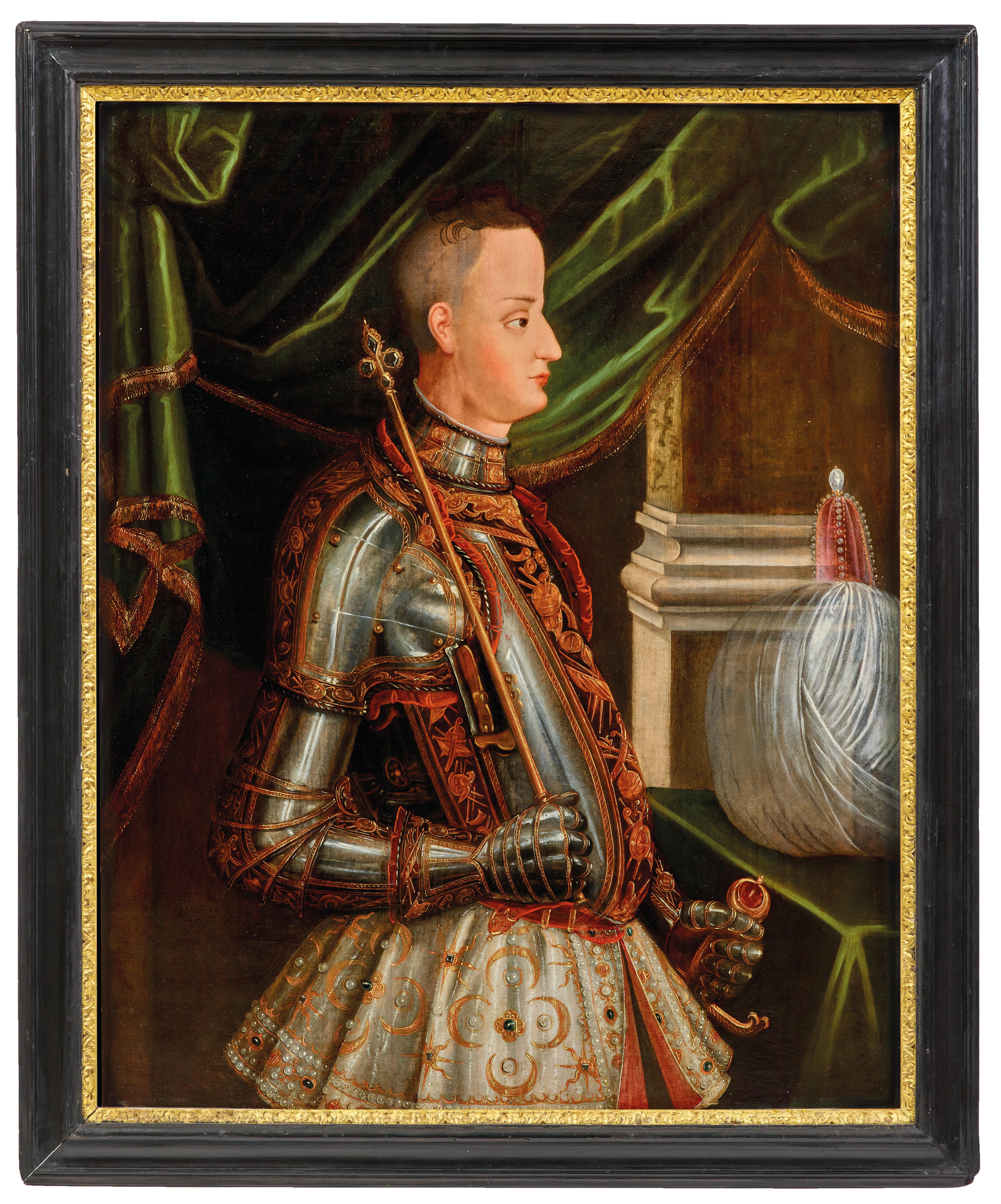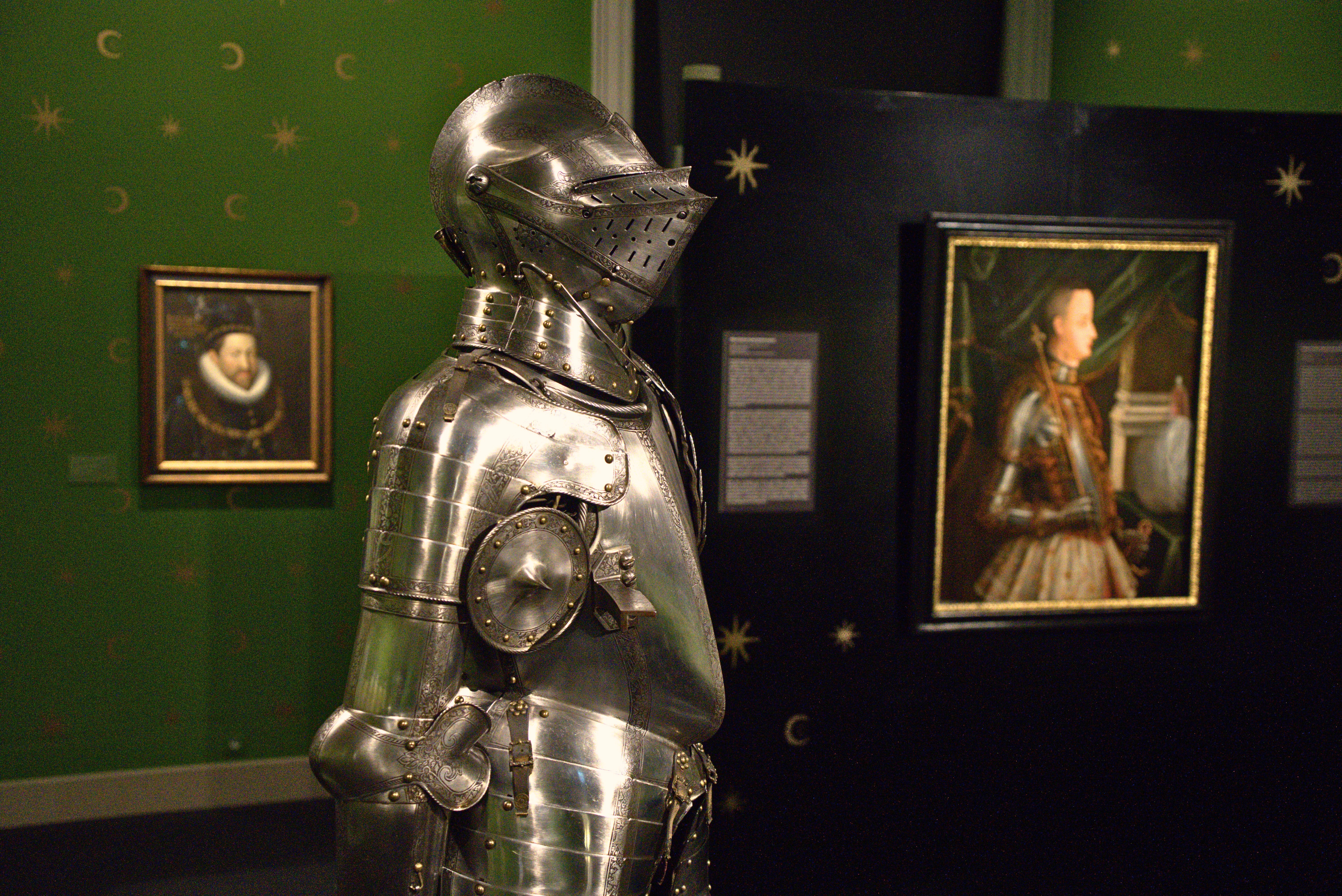
In 2022, a very important new acquisition came to the collection of the Historical Gallery of the Hungarian National Museum. At an auction held in Vienna we successfully obtained a panel painting sold as the portrait of a young Ottoman sultan. We could unequivocally identify the subject as Prince of Transylvania Sigismund Báthory (1572–1613), depicted in his youth in the early 1590s. The painting is unique among the surviving portraits of princes. The only known depictions of Prince Stephen Báthory (Sigismund’s uncle) show him as king of Poland. The surviving half-length portraits of Gabriel Bethlen are much lower in quality, and them being contemporary is also questionable. The first confirmed contemporary surviving painted portraits of Transylvanian princes come from more than 50 years later: the depictions of George I Rákóczi and János Kemény.
At our exhibition we do not present only this newly-discovered portrait of Sigismund Báthory, who became famous and rose interest all around Europe for his participation in the Long Turkish War. We also showcase other types of his portraits. On the coins, engravings and paintings we can clearly see how portrait traditions changed, as well as how significant was the higher demand for depictions by the increasingly active public of the early Modern Era in Western Europe. The armour, flanged maces and ornamental saddle-cloth exhibited are contemporary analogies of the objects depicted on the painting.
The acquisition, identification and presentation of this painting is particularly important also because, apart from portraits of Hungarian royal families, this is – as far as we know – the earliest known portrait painting depicting a Hungarian person in a collection in Hungary.









